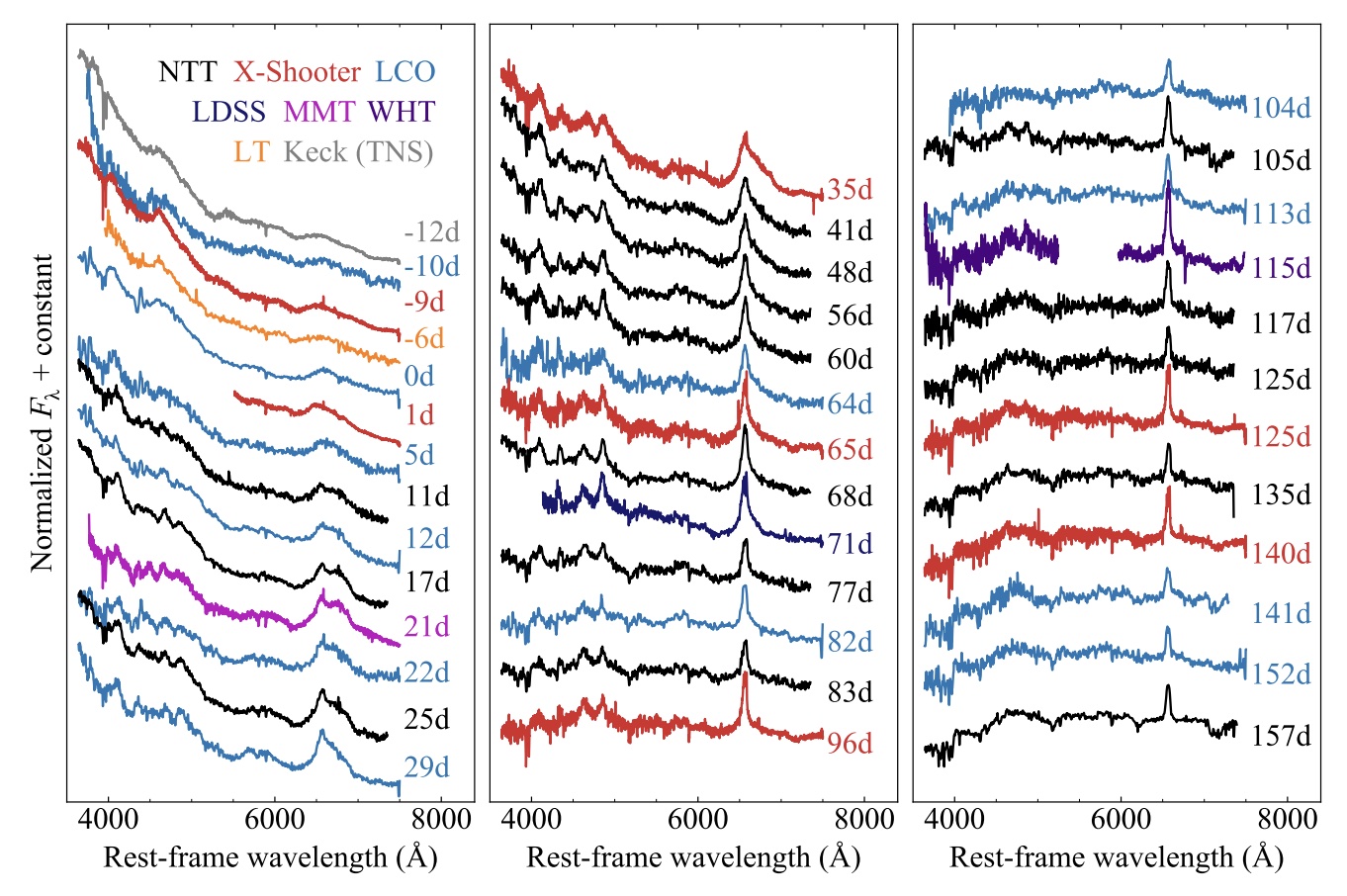News and Updates
Sixth and last release of UltraVISTA Public Survey data
Published: 02 Jul 2024
Release of the MUSE gAlaxy Groups In COSMOS (MAGIC) survey datacubes
Published: 22 Apr 2024
ERIS release of pipeline processed imaging and IFU products
Published: 15 Apr 2024
First data release of HARPS Radial Velocity catalog
Published: 12 Dec 2023
Second data release from the VISTA second cycle Public Survey VEILS
Published: 30 Nov 2023
Third and final release of the programme Investigating Stellar Population In RElics (INSPIRE)
Published: 14 Nov 2023
First release of X-shooter spectra from the young stellar objects observed under the PENELLOPE LP
Published: 25 Oct 2023
First Data Release of ePESSTO+, the advanced Public ESO Spectroscopic Survey of Transient Objects
Published: 18 Aug 2023
Final data release (5.1) of the Gaia-ESO public spectroscopic survey
Published: 05 Jul 2023
Fifth release of UltraVISTA Public Survey data
Published: 05 May 2023
« Previous
1
| 2
| 3
| 4
| 5
| 6
| 7
| 8
| 9
| 10
| 11
| 12
| 13
| 14
| 15
| 16
| 17
| 18
| 19
| 20
| 21
| 22
| 23
| 24
| 25
| 26
| 27
| 28
| 29
| 30
Next »
Showing 21 to 30 of 296 news

